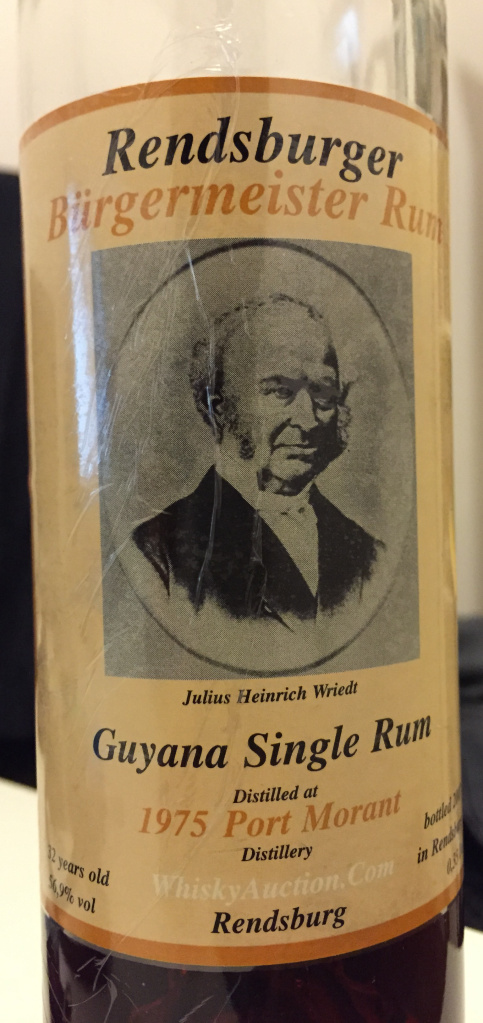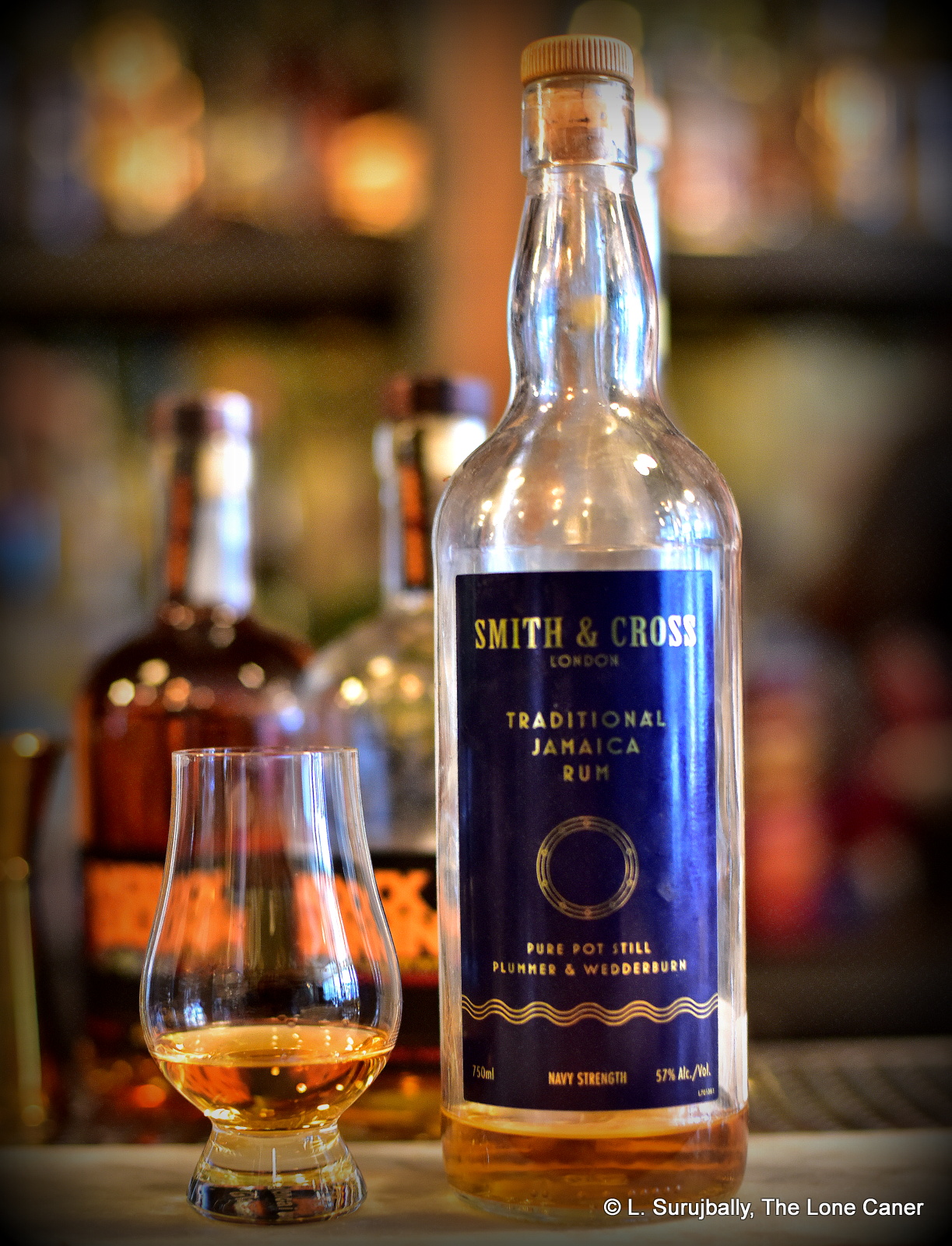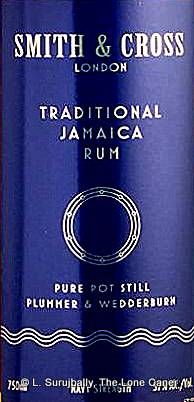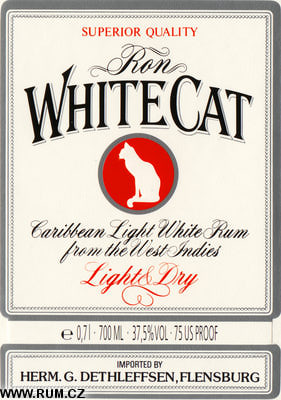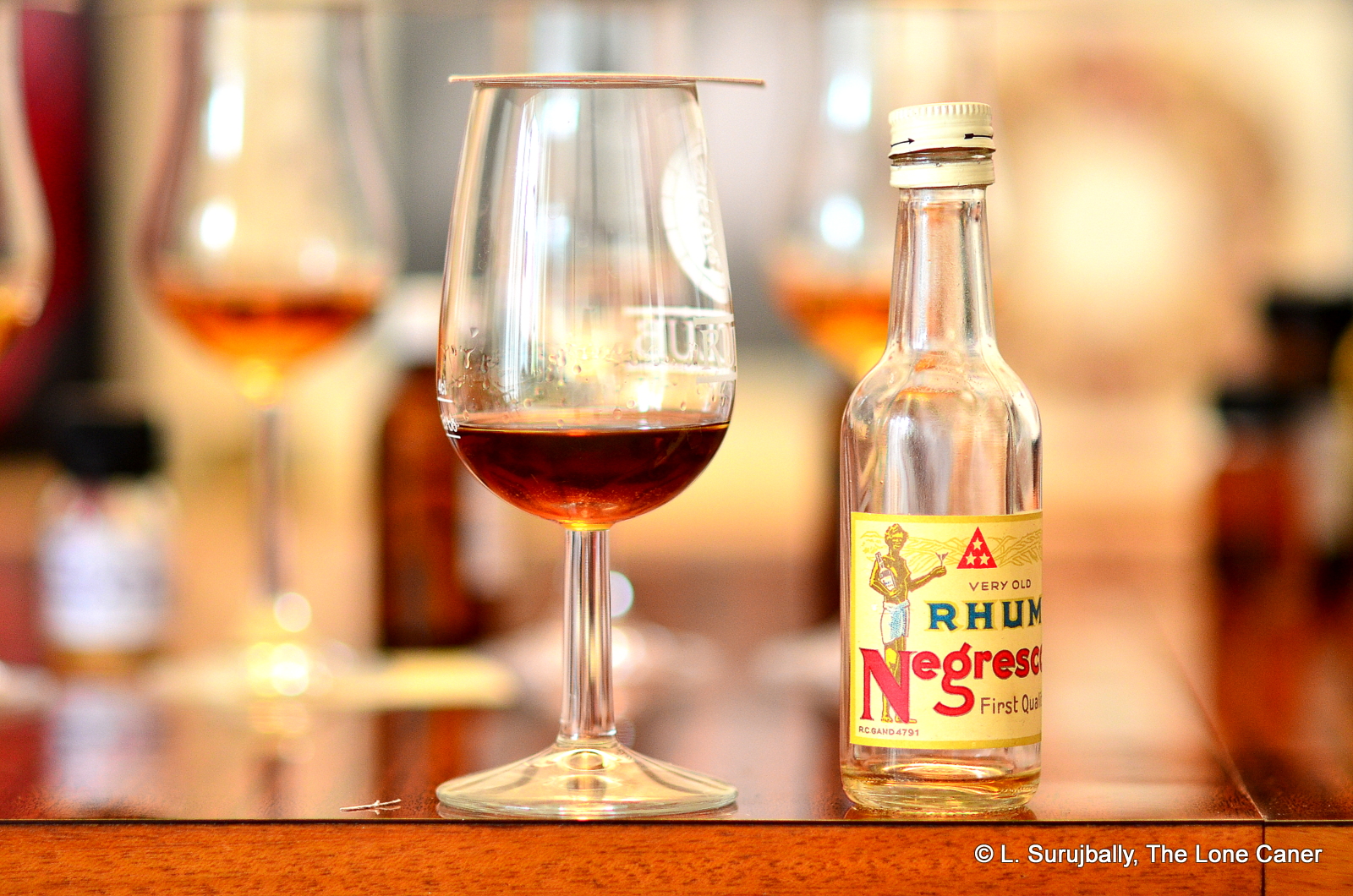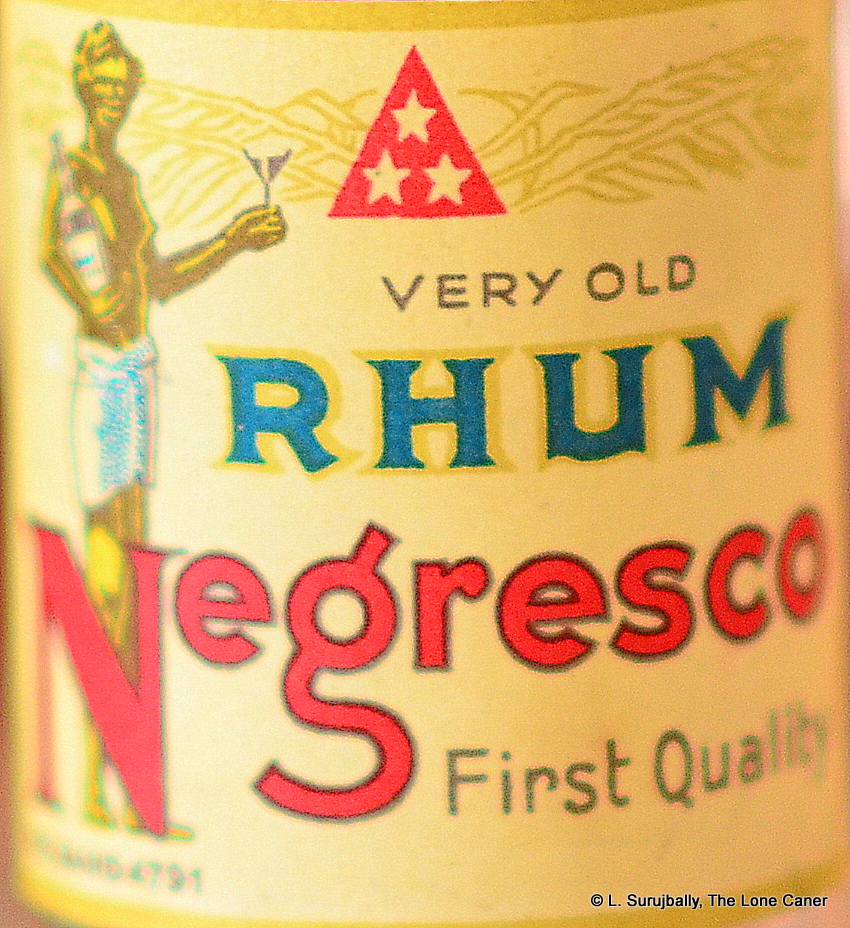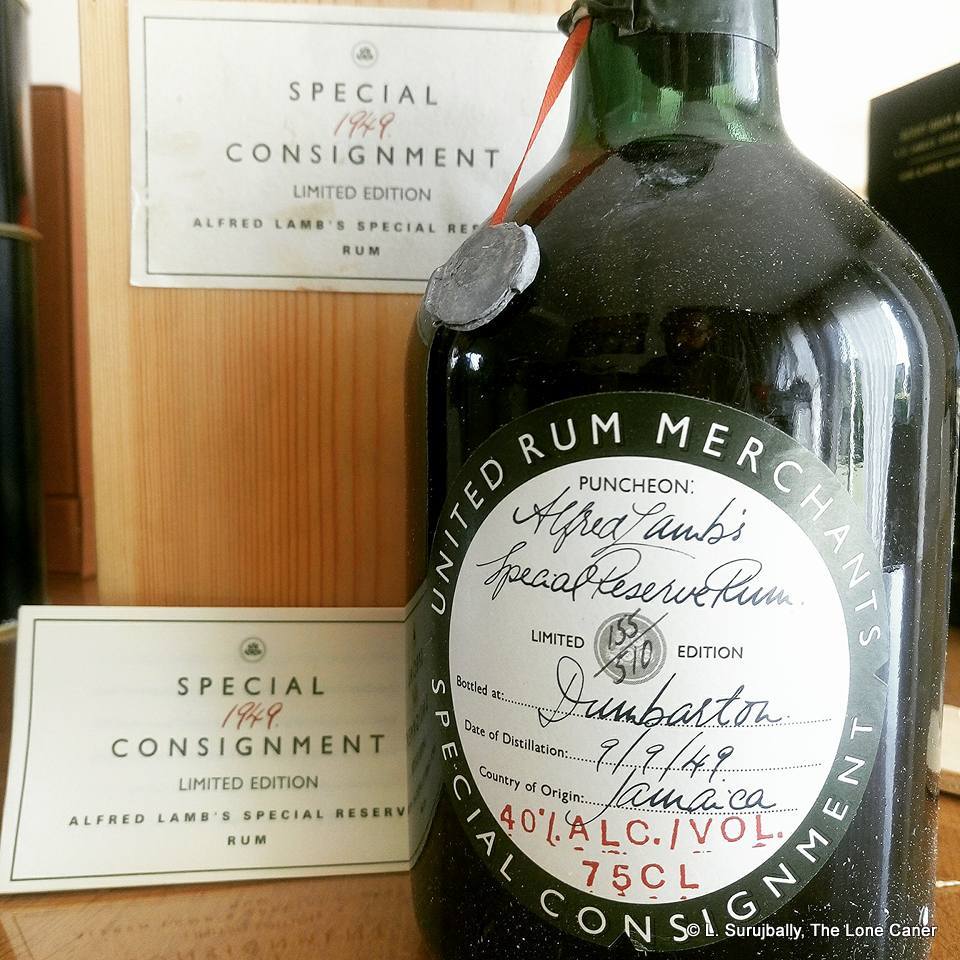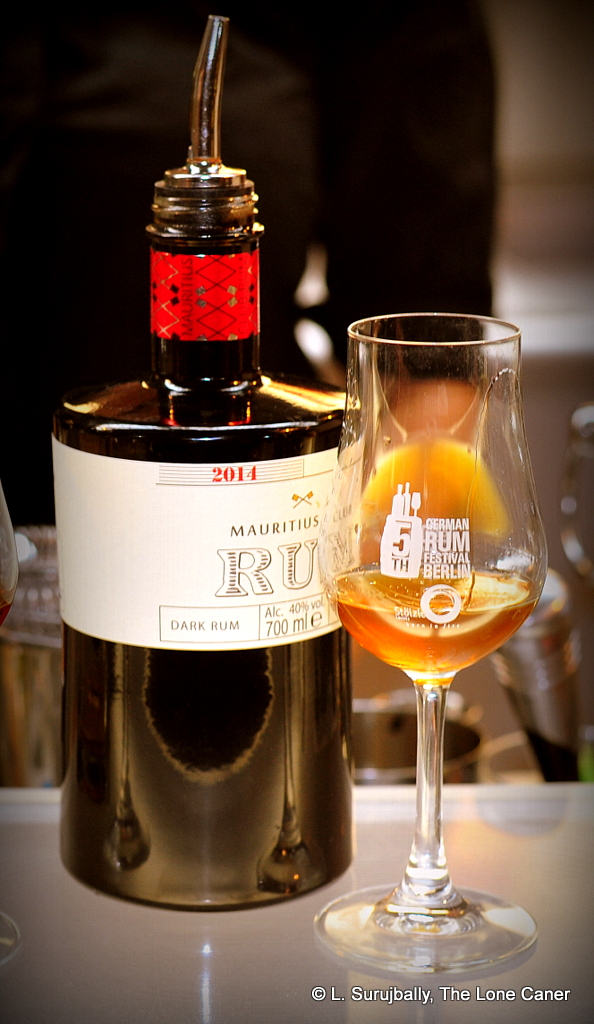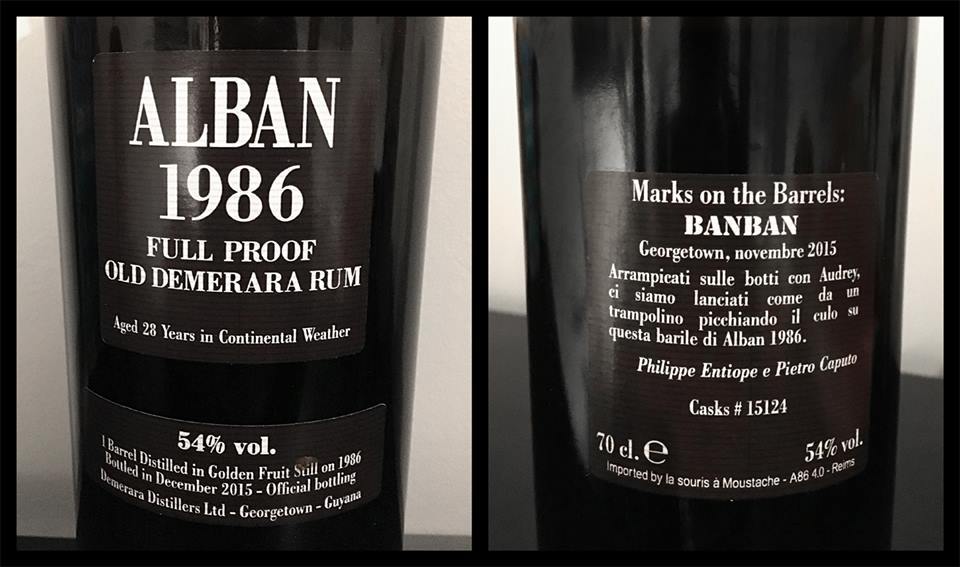
In late 2018, a relative of this writer was the lead taster of a focus group assembled to test-taste a rum from an Italian company which sought to re-vitalize and even supplant the Velier Demeraras by issuing a rum of their own. Your indolent-but-intrepid reporter has managed to obtain a copy of the official report of Ruminsky Van Drunkenberg, who is, as is widely known (and reported in last year’s authoritative biography of the Heisenberg Distillery) a man with pure 51 year old pot still hooch in his bloodstream, and whose wildly inconsistent analytical powers (depending on his level of alcoholic intake at any given moment) can therefore not be doubted. The report is below.
To: Report to Pietro Caputo, Managing Director, Moustache Spirits, Padua, Italy
From: Investigative Committee representing the focus group
April 1st, 2019
Dear Sir
We are pleased to submit our detailed report on the Alban 1986 28 Year Old rum, using as our starting point the company’s website, its marketing materials, and private discussions with Pietro Caputo, Philippe Entiope, Thomas C. and Roger Caroni.
The background narrative, laboratory analyses and blind tasting test results by lesser mortals is attached, but we would like to summarize it with the abstract that follows.
Historical and production background
The rum in question was bottled through the reluctant efforts of the local distillery, who were so loath to lend any assistance to a company whose leftover still wash exceeded their own ultra-super-premium rums without even trying, that they rather resentfully provided some old Velier labels they had kicking around, and escorted Mr. Alban and Moustache Spirits’s Signor Caputo off their premises with gentle words like “Ker yo’ tail from ‘ere!” and “Don’ ever come back!” We are convinced that it is just low-class jealously and envy which lies behind such crude and unbecoming attempts to derail what is already known to be the best rum of its kind in the world.
The Alban 1986, as it is called, is named after the family whose rum-making history stretches back into the 1800s, and was distilled in that year on what has become a legend in upscale ultra-refined rum circles, the “Golden Fruit Still” double retort wooden pot still, owned by the Alban family of Fort Wellington, Berbice, Guyana, right behind the police station at Weldaad. Mr. Stiller Alban, known as “Bathtub” is a constable there and is the Master Distiller in his spare time.
The Albans are distantly related to the Van Rumski Zum Smirnoffs and the Van Drunkenbergs (see attached family tree) who were instrumental in making the Heisenberg mark – there has been discord between the branches of the family for generations, ever since Stiller Alban’s grandfather Grogger (known as ‘Suck-teet’) reputedly stole the still from the Heisenberg plantation nearly a century ago; the issue remains unconfirmed since none of the family members can speak coherently about any other without spitting, cursing and lapsing into objurgatory creole. While Mr. Alban could not be reached for comment, his younger twin brothers Hooter and Shooter (respectively known in the area as “Dopey” and “Sleepy” Alban) told this Committee that the distillate was the best variety “Roraima Blue Platinum” cane grown in the area. This varietal apparently is not found anywhere else on earth, and is so rich in sucrose that locals just cut it into pieces and dunk it into their coffee. Kew Gardens in London have tried to get a sample for hundreds of years, but it remains fiercely guarded by the Albans, on whose little plantation alone it is found. It is considered the purest and most distinctive iteration of terroire and parcellaire on the planet.

Click on image to enlarge
Messrs. Hooter and Shooter Alban confirmed that the wooden double retort pot still (of their own family’s design and manufacture) remained operational, and fiercely denied any suggestion that it had once belonged to, or was made by, either Tipple Heisen or Chugger Van Drunkenberg. “We great-granfadder Puante “Stink Bukta*” d’Alban and he son Banban mek dat ting,” they both said indignantly when the subject was brought up. “He cut de greenheart and wallaba wood heself, he forge de rivets and de condensing coil and put de whole ting togedder wit Banban. Dem rascally tief-man over in Enmore ain’ got de sense God give a three-day-old-dead fish, but dem plenty jealous,” they said.
Grogger Alban reportedly laid a few barrels away in 1986 to commemorate the birth of the twins, and bottled the casks when they finally learnt to write their own names the same way twice (in 2015). However, for all its age, the rum is clearly modest in its aims, as, for one thing, it does not wish to dethrone the G&M Long Pond 1941 58 YO as the oldest rum ever made, being issued at a mere 28 years — but strenuous tasting tests and the marketing materials show that without doubt the core elements of the Alban 1986 are many decades older.
Because the producers don’t want riots and mobs of angry and jealous producers coming to their doors demanding to share in the remarkable production discoveries that have resulted in this modern-day elixir (which may even reverse one’s age – tests are ongoing), production details are a closely guarded secret in a Swiss-made security vault under Cheyenne Mountain. We recommend a complete news blackout on the still, the true age, and the components which make it up and even the country and distillery from which it originates. As a further security measure to safeguard its unique heritage and quality, it is not going into general release but is available by subscription only, with rigorous checking of credentials to ensure only true rum lovers will be able to get one of the extraordinarily limited editions of the rum (100 bottles made, of which this one is #643)
Production and Tasting Notes
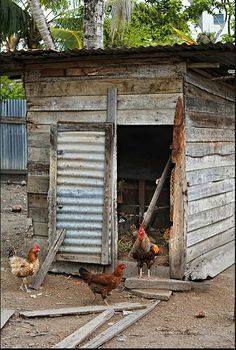
The Grande Maison where the Golden Fruit Still is housed, behind the police station at Weldaad.
The cane stalks are cut individually by hand using only the finest Japanese, hand-forged CPM S110V steel cutlasses. They are transported to the still behind the Weldaad police station by donkey cart, before being meticulously, one by one, crushed with a pair of diamond-forged pliers made in Patagonia. The juice is left to ferment in a wooden tub with wild yeast for seventeen days and three hours precisely before being fed into the Golden Fruit still. It emerges as pure rum and is then run into barrels made of French Oak, the staves of which family lore states come from the stolen furniture of the French royal palace where an ancestor once served before absconding to the Caribbean.
Exhaustive laboratory analysis shows that the rum is self-evidently made from the distilled tears of virgins mixed with pure gold in solution, and the ageing barrels have been blessed personally by the pope — there can be no other rational explanation for a rum of such exceptional quality. The strength is tested and labelled to be a flaccid 54% – though our peer-reviewed post-doctoral psychologists maintain that only narcissistic literary wannabes and sneering uber-mensches with delusions of Godhood and doubts about their masculinity would ever venture above that – and in any case, hydrometer tests have proved the strength to be actually 80%, which means that unlike dosed rums where the labelled ABV is greater than the tested ABV (here the reverse is true) something has been taken out, rather than put in – and the Alban 1986 is therefore the purest rum ever made in history.
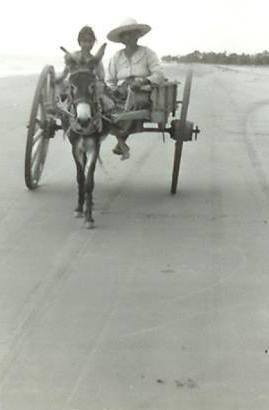
Each stalk of sugar cane is individually handpicked and individually brought to the distillery on a donkey cart. In the picture: Grogger and Stiller “Bathtub” Alban, circa 2008
On the nose, this is simply the best, most powerful, the most complex nose imaginable. It not only was the best of all caramels, toffees and Kopi Luwak coffees available, but went beyond them into uncharted waters of such superlative aromas that they were observed to make a statue of the Virgin Mary in St Peter’s weep. Scents of only the purest Sorrento and Italian lemons curled around the brininess created by ultra-pure Himalayan pink salt fetched out of Nepal by teams of matched white yaks raised from infancy by the Dalai Lama. The exquisite layering of aromas of Lambda olive oil (from individually caressed Koroneiki olives) with the sweet stench of hogos gone wild suggest that Luca Gargano’s NRJ Long Pond TECA was an unsuccessful attempt to copy the amazing olfactory profile presented by this superlative rum, although which traitorous wretch in the Committee was so crass as to purloin a sample and smuggle it to Genoa for Mr. Gargano to (unsuccessfully) duplicate remains under investigation at this time.
The Committee members all agree that the perfection of the balance and assembly, the coherence of the various aspects of taste and flavour make it a rum so flawless that no rival has ever been discovered, tasted or recorded in the world history of rumology. The rum is so smooth to taste that silk-weavers from China and vicuña-herders in Peru have reportedly burst into tears at the mere sight of a glass holding this ambrosia, and spies from an unnamed and as-yet unlocated Colombian distillery have been seen loitering around the premises hoping to score a sample to see how the redefinition of “smooth” was accomplished. There are notes of 27 different varieties of apples, plus 14 kinds of citrus fruit, to which has been added a variety of uber-expensive spices from a 3-star Michelin chef’s pantry – we identified at least cumin, marsala, rosemary, thyme, sage, fennel and coriander. And in addition, we noted an amalgam of kiwi-fruit, sapodilla, gooseberries, black cherries, guavas, mangos (from Thailand, Kenya, Madagascar, India, Trinidad and the Philippines), and this was melded impeccably with the creamy flavours of six different types of out-of-production Haagen-Dasz ice cream.
One member of the team opined that many rums fall off on the finish. This is clearly not the case here. The rum’s final fading notes lasted for six days, and so incredibly rich and lasting was the close, that some members of the team – after making the mistake of trying Mr. Van Drunkenberg’s “Black Wasp Legal Lip Remover” pepper sauce – hastened to the toilet with tasting glasses held in one hand and two rolls of paper in the other, because the Alban’s long lasting aromas killed all forms of perfume, cologne, smell, stink, stench and odiferous meat cold stone dead. The sweet aromas and closing notes of flowers, fruits, smoke, leather, caramel, molasses and cane juice not only rival but far exceed any unaged clairin, agricole, traditionnel, pisco, tequila, wine, brandy, cognac, port or 70 year old single malt ever made, and for this reason we have no hesitation in giving it the score we do.
(#612)(150/100)
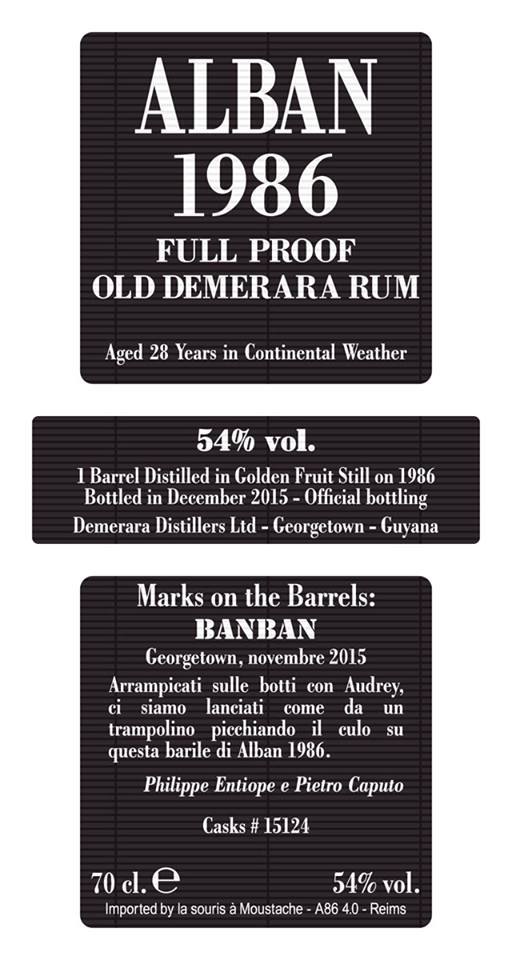
Opinion and Conclusion
As noted in Part II, Section 4, Exhibit F, Subpart 2.117, Clause (viii) (paragraphs 4 and 5) of our abbreviated report, it is now obvious that La Souris à Moustache has managed to obtain and bottle the wildest, most potent, Adonis-like rums ever bottled, and recommend that strong health and safety advisories be slapped on the label for the benefit of puling wussies who refer to a 38% underproof as “exemplary.” The Alban 1986 is definitely not for such persons but we must not be indifferent to the potential health hazards to the unwary and inexperienced.
We recommend that the target audience be limited to macho Type A personalities who drink the Marienburg 90 neat (or mixed with, perhaps, an Octomore). In an effort to assess who had the cojones to drink this and continue breathing, we issued tots to various special forces of the world’s elite militaries. We found that Seal Team 6 uses this rum as part of Hell Week to weed out people whose minds aren’t on the job…because most who drink it go straight to ring the bell, and leave the camp to sign up for distilling classes, knowing that no endeavour of theirs will ever come close to the ability to make rum like this. Those who survive it can use the empty bottle for bench presses where, it is rumoured, only Donald Trump ever managed to get it all the way up.
When we provided a 100-page NDA and a sample to the writer of a largely unread and anonymous blog which we cannot, for copyright reasons, name publicly (the Lone Caner), our consultant started scribbling right away and was still nosing it eight days later, with a War and Peace sized series of tasting notes. He wept copious tears (of gratitude) and thanked us (profusely) for providing him with a sample of a rum whose profile was so spectacular that he was thinking of rating it 110 points. Such exuberance and enthusiasm for your rum is, by the way, not unusual in our focus group and selected purchasers.
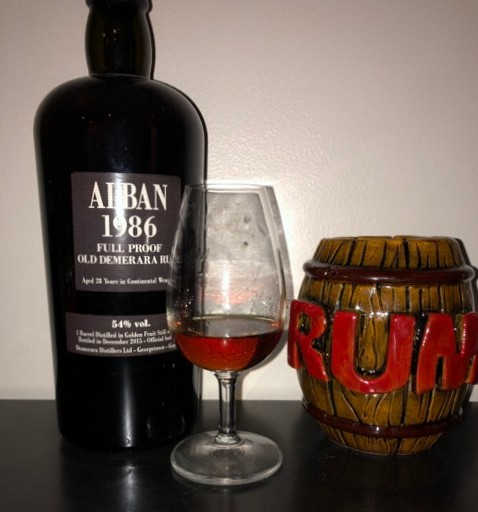
In short, it is clear to all of us who have been exposed to it, that this is without question the best rum ever made. Of any kind. At any strength. Of any age. From any country. “None of the Veliers even come close!” opined our focus group with becomingly modest rapture. “It leaves Foursquare, Worthy Park and Hampden playing catch-up by sprinting ahead into realms of quality heretofore only dreamed about,” was noted by another less effusive blogger whose allocation we may want to review – he isn’t using proper level of praise (although in his defense, he had just come back from visiting the estates in question and couldn’t stop babbling about his infatutation with Ms. Harris and her famed red ensemble, as evidenced by his constant moon-struck, doofus-like expression throughout the tasting session).
Summing up, then, we feel that La Souris à Moustache should lose no time in releasing the Alban 1986 28 Year Old Full Proof rum to the market at a price commensurate with its quality, and limit each purchaser to a sample-sized 1cl bottle. More is not required and indeed may be counterproductive, as people who drink it might want to expire immediately out of sheer despair, knowing that there will never be a rum better than this one and that the Everest of rumdom has been summitted.
Yours Truly
Mr. Ruminsky van Drunkenberg (Visiting Lecturer, Heisenberg Rum Institute, Port Mourant Guyana), with research and additional nosing by Sipper “The Tot” Van Drunkenberg.
This report has been researched, compiled, collated and vetted by the best Rum Experts from the best blogs ever ever, and is verifiably not the purchased mouthings of an insecure and unappreciated shill consumed by his own mediocrity, insecurity, jealousy or vanity. We certify that the complete report as attached is therefore really really true, and can be trusted to underpin the marketing campaign called Make Rum Great Again as defined and delineated in Appendix B Subsection 5.1, whenever it is felt appropriate to commence.
Glossary
*“Bukta” – Guyanese slang for (inevitably shabby) male underwear.
Acknowledgements
Photographs, label design and conceptual ideas courtesy of Thomas C., Pietro Caputo, Philippe Entiope and Alban Christophe, whose sly senses of humour have informed this completely honest, unbiased and uninformed report on the Alban rum, and the history of the families involved.
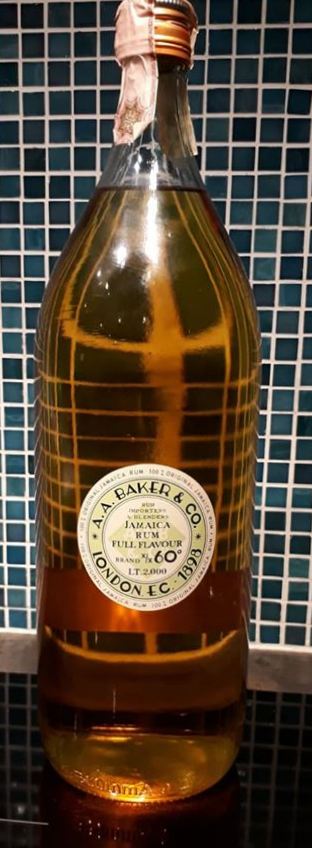
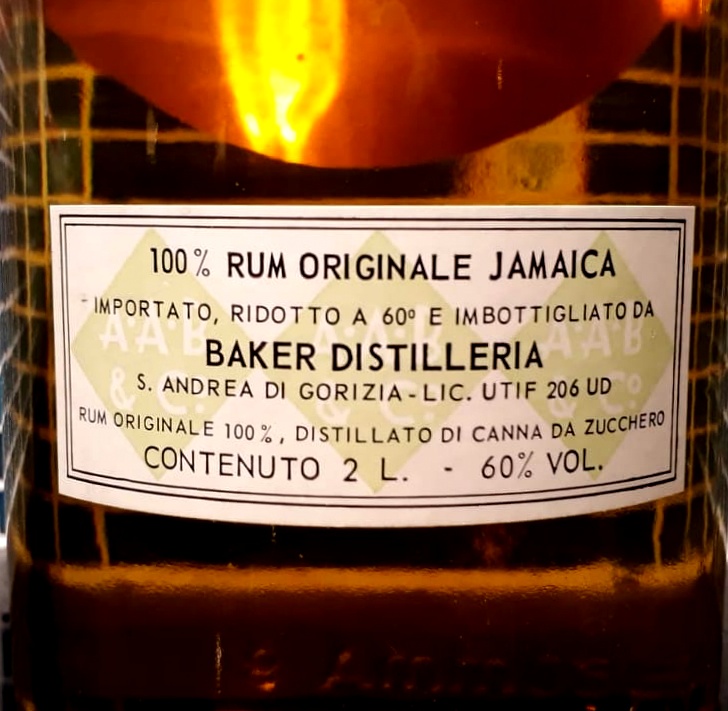






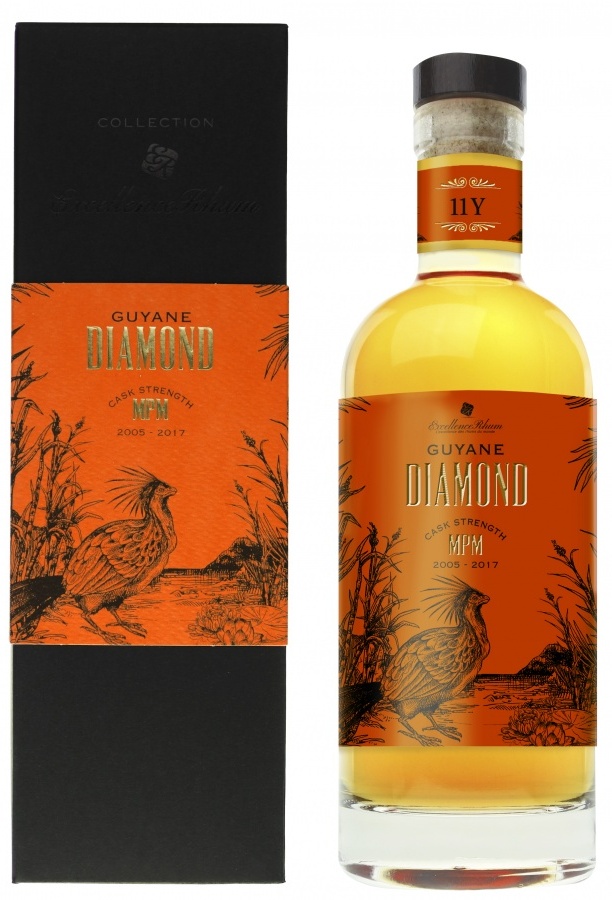
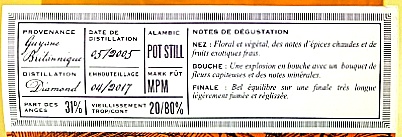
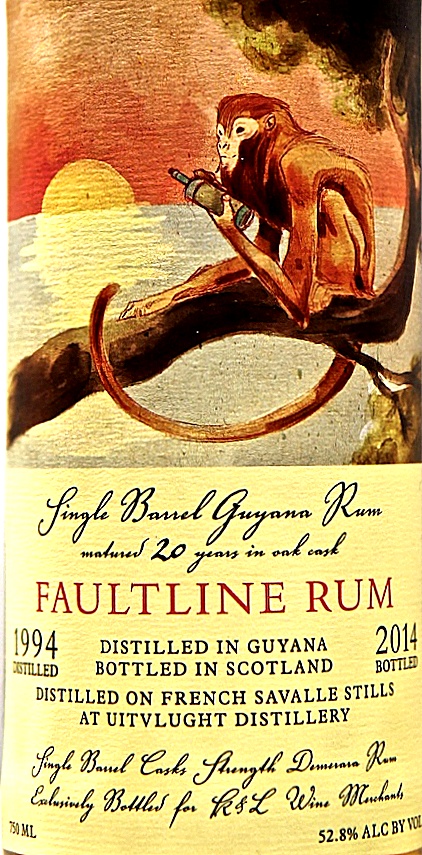
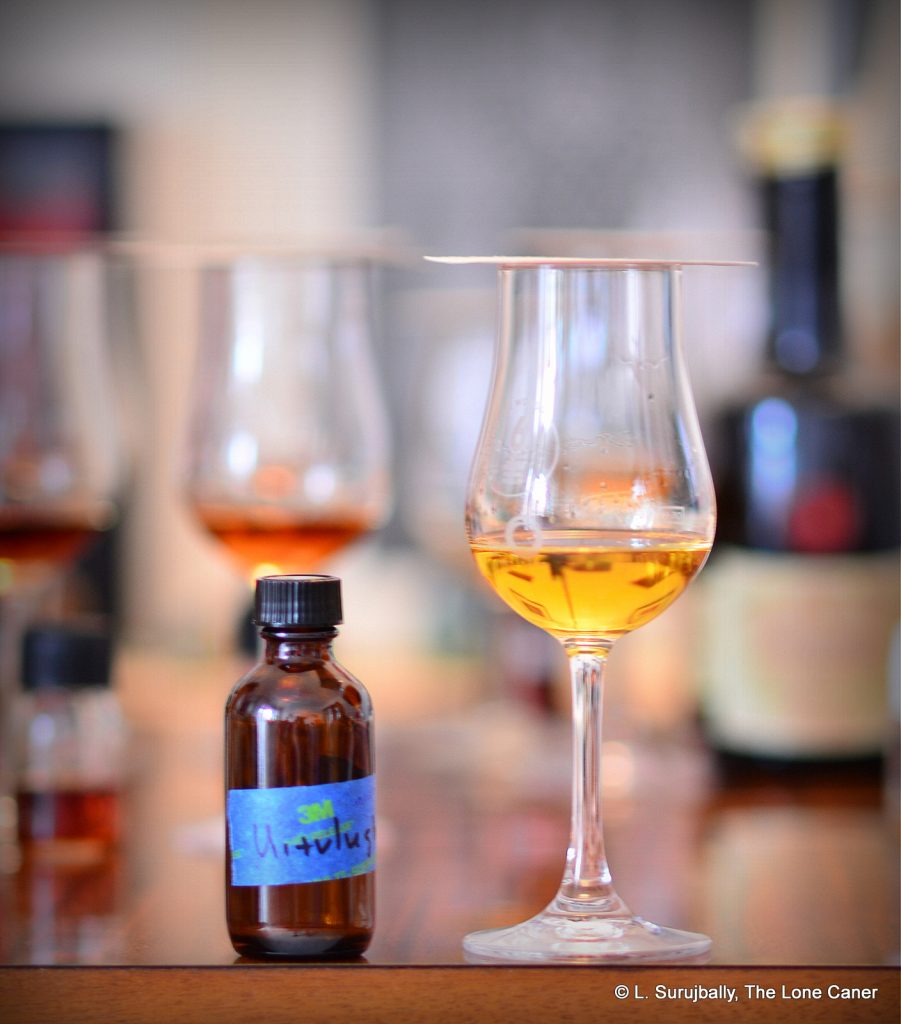

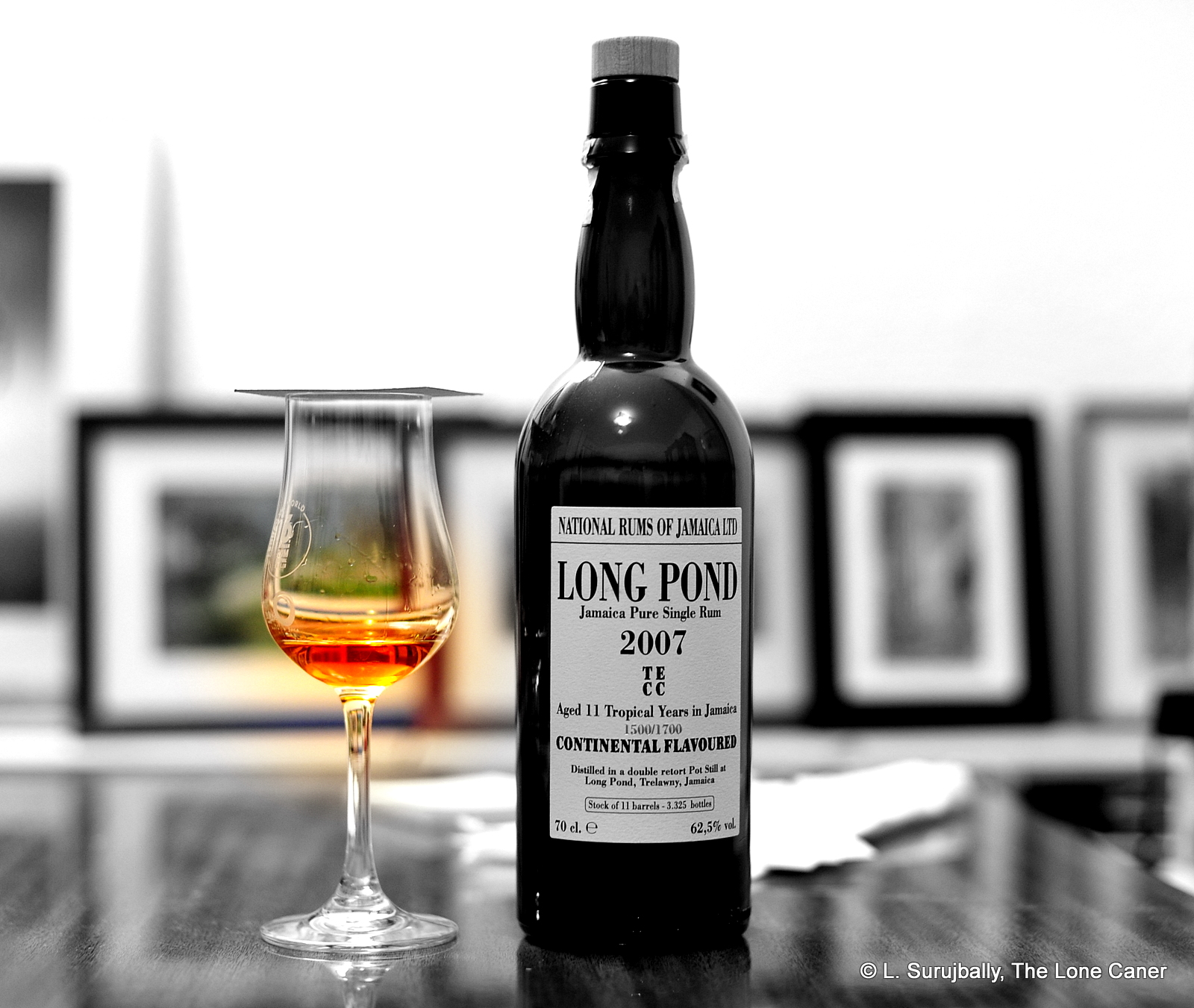
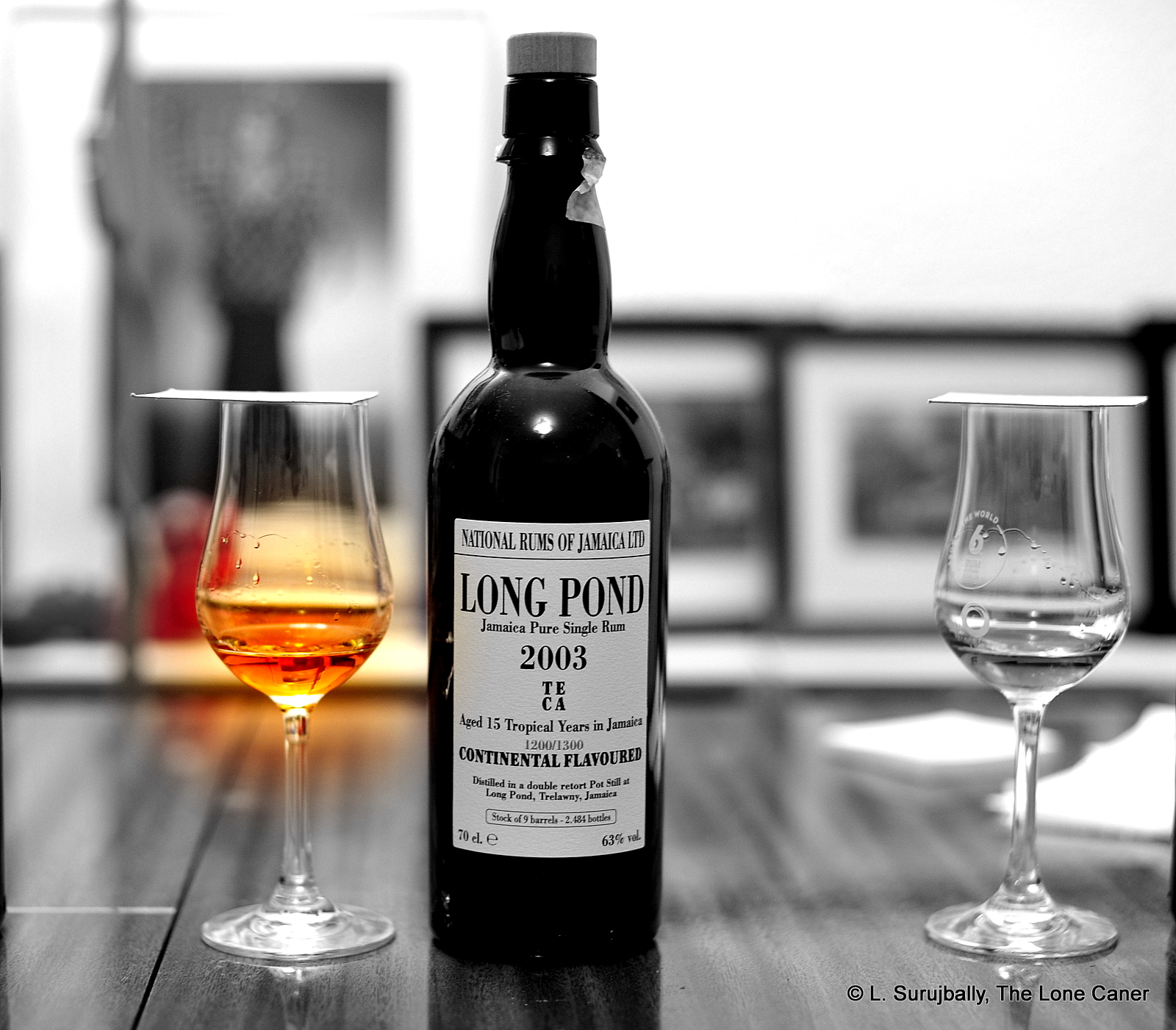
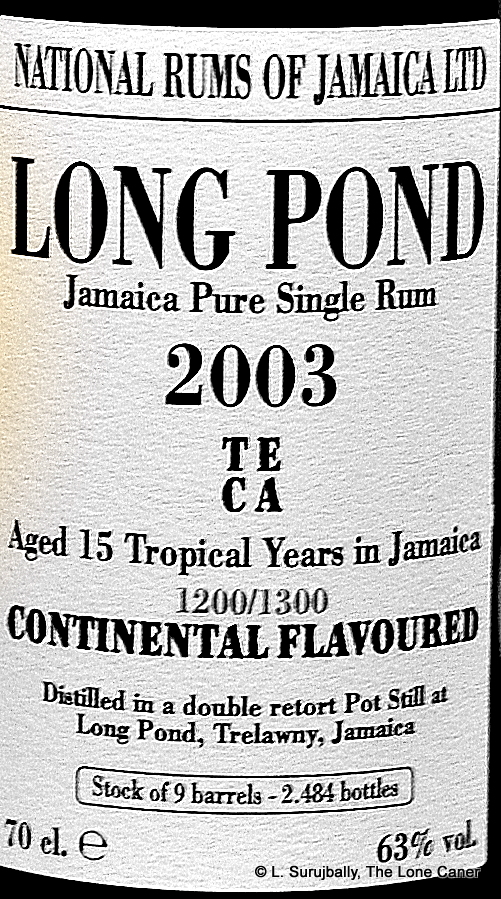 In sampling the initial nose of the third rum in the NRJ series, I am not kidding you when I say that I almost fell out of my chair in disbelief. The aroma was the single most rancid, hogo-laden ester bomb I’d ever experienced – I’ve tasted hundreds of rums in my time, but never anything remotely like this (except perhaps the
In sampling the initial nose of the third rum in the NRJ series, I am not kidding you when I say that I almost fell out of my chair in disbelief. The aroma was the single most rancid, hogo-laden ester bomb I’d ever experienced – I’ve tasted hundreds of rums in my time, but never anything remotely like this (except perhaps the 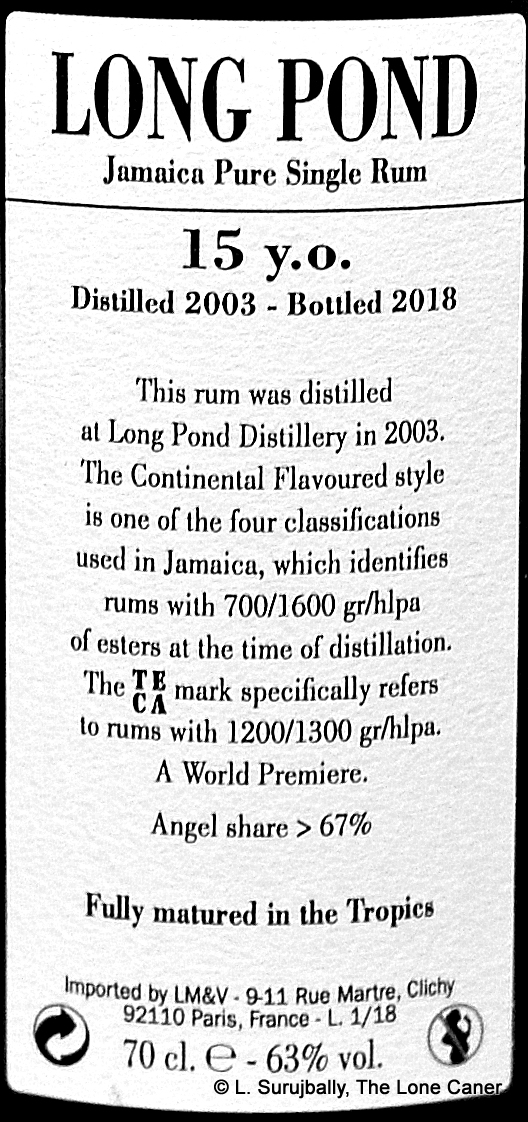 In brief, these are all rums from Long Pond distillery, and represent distillates with varying levels of esters (I have elected to go in the direction of lowest ester count → highest, in these reviews). Much of the background has been covered already by two people: the Cocktail Wonk himself with his
In brief, these are all rums from Long Pond distillery, and represent distillates with varying levels of esters (I have elected to go in the direction of lowest ester count → highest, in these reviews). Much of the background has been covered already by two people: the Cocktail Wonk himself with his 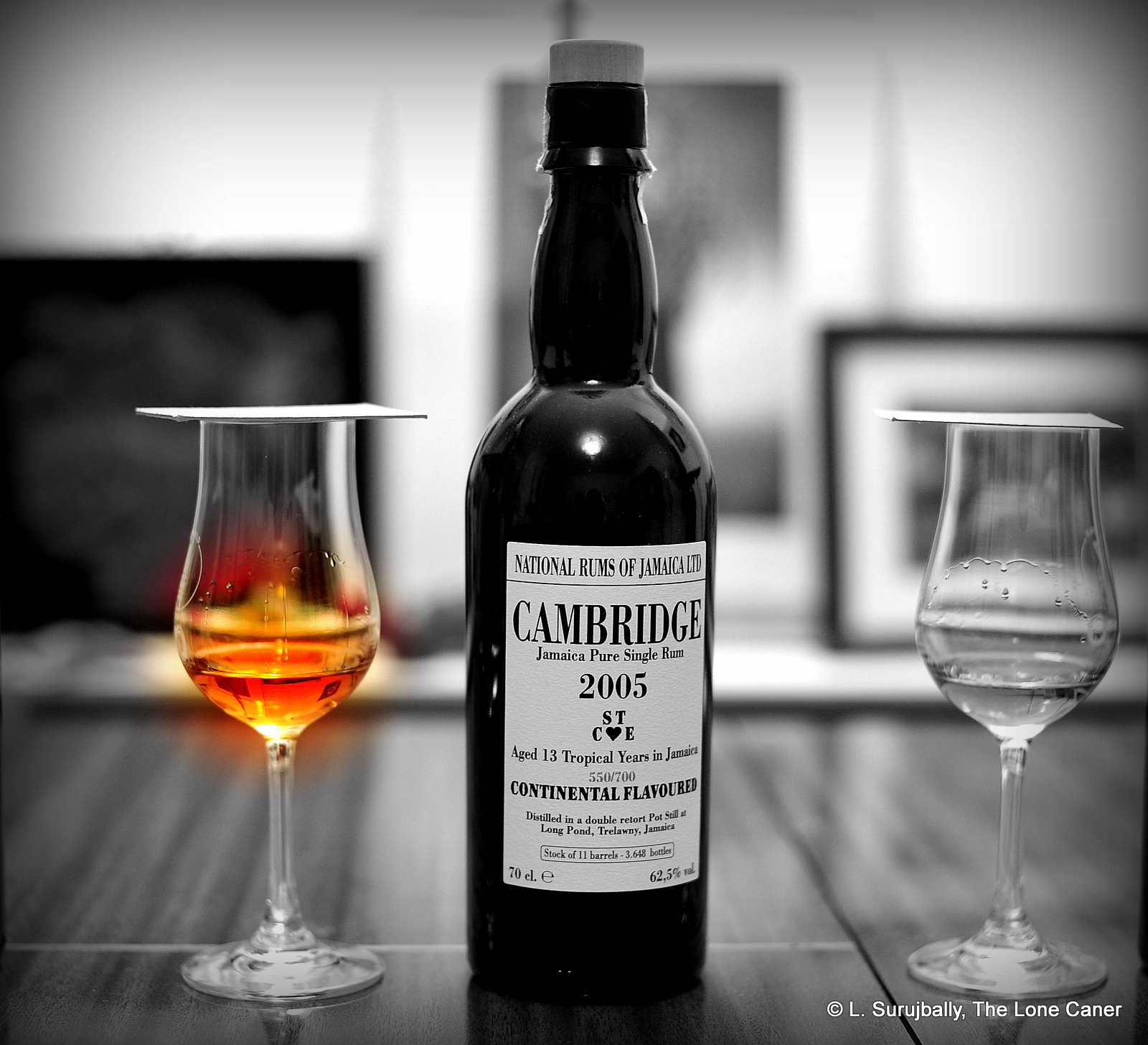
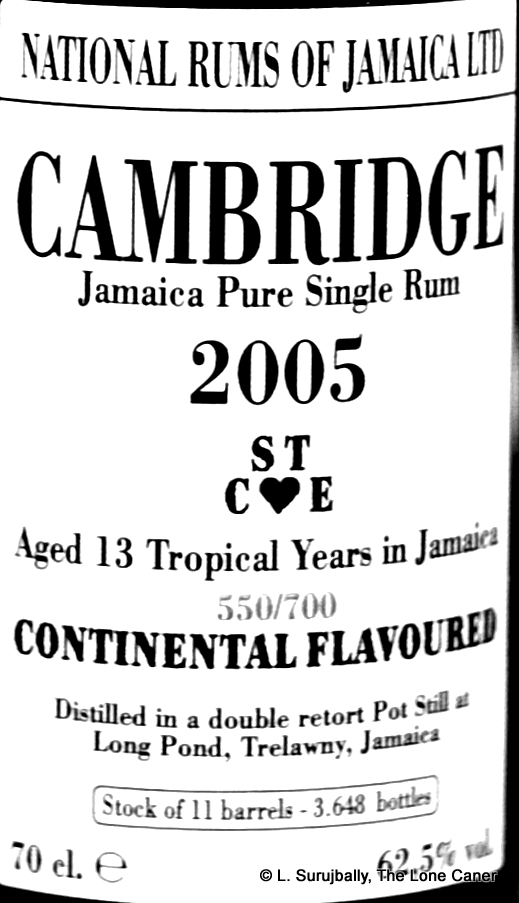 There’s a reason for that. What these esters do is provide a varied and intense and enormously boosted flavour profile, not all of which can be considered palatable at all times, though the fruitiness and light flowers are common to all of them and account for much of the popularity of such rums which masochistically reach for higher numbers, perhaps just to say “I got more than you, buddy”. Maybe, but some caution should be exercised too, because high levels of esters do not in and of themselves make for really good rums every single time. Still, with Luca having his nose in the series, one can’t help but hope for something amazingly new and perhaps even spectacular. I sure wanted that myself.
There’s a reason for that. What these esters do is provide a varied and intense and enormously boosted flavour profile, not all of which can be considered palatable at all times, though the fruitiness and light flowers are common to all of them and account for much of the popularity of such rums which masochistically reach for higher numbers, perhaps just to say “I got more than you, buddy”. Maybe, but some caution should be exercised too, because high levels of esters do not in and of themselves make for really good rums every single time. Still, with Luca having his nose in the series, one can’t help but hope for something amazingly new and perhaps even spectacular. I sure wanted that myself.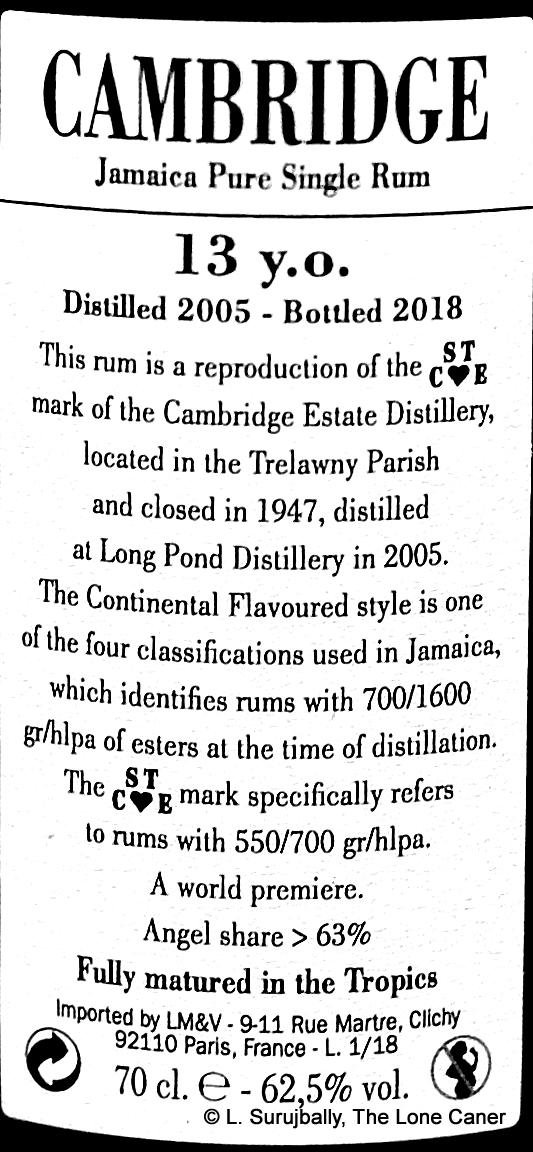 These are definitions of ester counts, and while most rums issued in the last ten years make no mention of such statistics, it seems to be a coming thing based on its increasing visibility in marketing and labelling: right now most of this comes from Jamaica, but Reunion’s Savanna also has started mentioning it in its Grand Arôme line of rums. For those who are coming into this subject cold, esters are the chemical compounds responsible for much of a given rum’s flowery and fruity flavours – they are measured in grams per hectoliter of pure alcohol, a hectoliter being 100 liters; a light Cuban style rum can have as little as 20 g/hlpa while an ester gorilla like the DOK can go right up to the legal max of 1600 at which point it’s no longer much of a drinker’s rum, but a flavouring agent for lesser rums. (For good background reading, check out the
These are definitions of ester counts, and while most rums issued in the last ten years make no mention of such statistics, it seems to be a coming thing based on its increasing visibility in marketing and labelling: right now most of this comes from Jamaica, but Reunion’s Savanna also has started mentioning it in its Grand Arôme line of rums. For those who are coming into this subject cold, esters are the chemical compounds responsible for much of a given rum’s flowery and fruity flavours – they are measured in grams per hectoliter of pure alcohol, a hectoliter being 100 liters; a light Cuban style rum can have as little as 20 g/hlpa while an ester gorilla like the DOK can go right up to the legal max of 1600 at which point it’s no longer much of a drinker’s rum, but a flavouring agent for lesser rums. (For good background reading, check out the 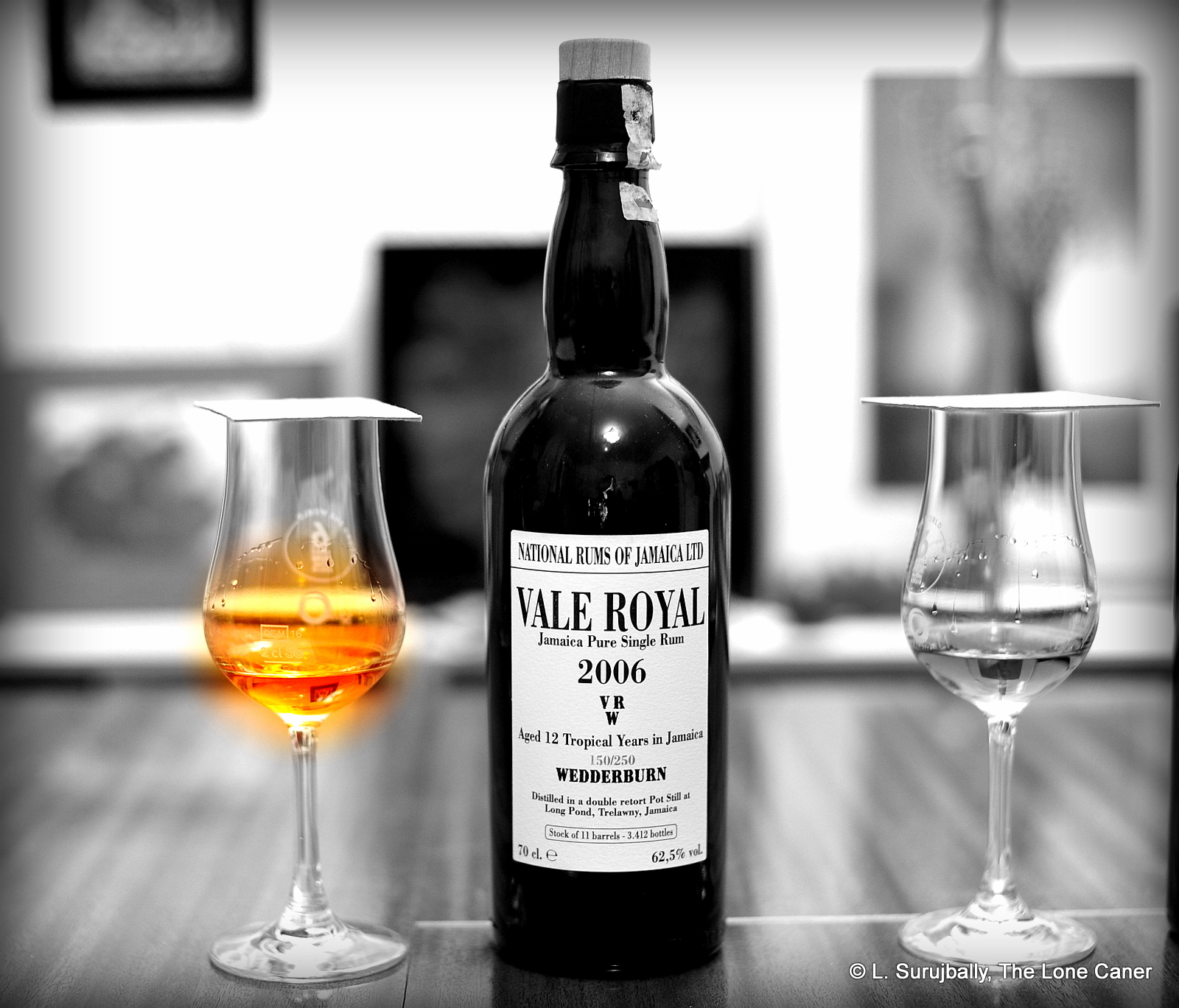
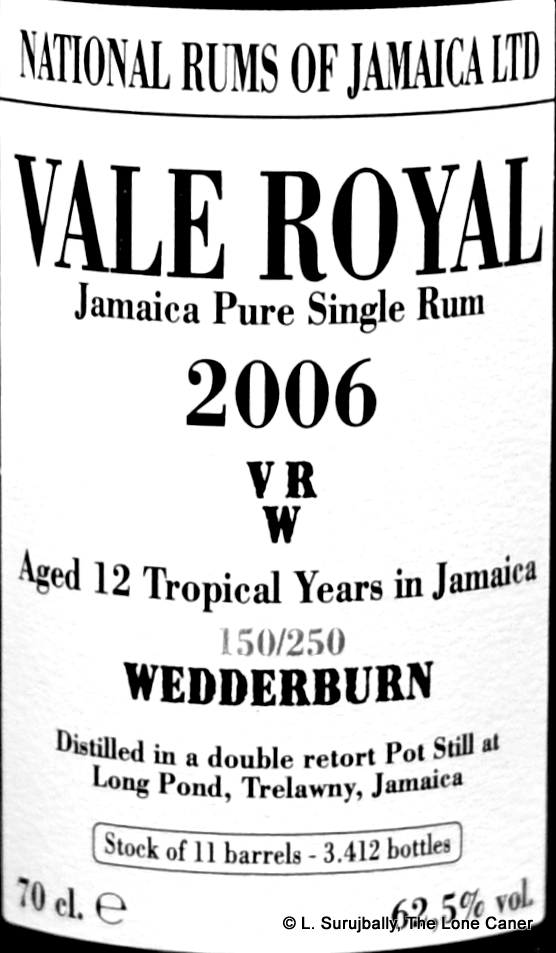 Consider first the nose. Frankly, I thought it was lovely – not just because it was different (it certainly was), but because it combined the familiar and the strange in intriguing new ways. It started off dusty, musky, loamy, earthy…the sort of damp potting soil in which my wife exercises her green thumb. There was also a bit of vaguely herbal funk going on in the background, dry, like a hemp rope, or an old jute sack that once held rice paddy. But all this was background because on top of all that was the fruitiness, the flowery notes which gave the rum its character – cherries, peaches, pineapples, mixed with salt caramel, vanilla, almonds, hazelnuts and flambeed bananas. I mean, that was a really nice series of aromas.
Consider first the nose. Frankly, I thought it was lovely – not just because it was different (it certainly was), but because it combined the familiar and the strange in intriguing new ways. It started off dusty, musky, loamy, earthy…the sort of damp potting soil in which my wife exercises her green thumb. There was also a bit of vaguely herbal funk going on in the background, dry, like a hemp rope, or an old jute sack that once held rice paddy. But all this was background because on top of all that was the fruitiness, the flowery notes which gave the rum its character – cherries, peaches, pineapples, mixed with salt caramel, vanilla, almonds, hazelnuts and flambeed bananas. I mean, that was a really nice series of aromas.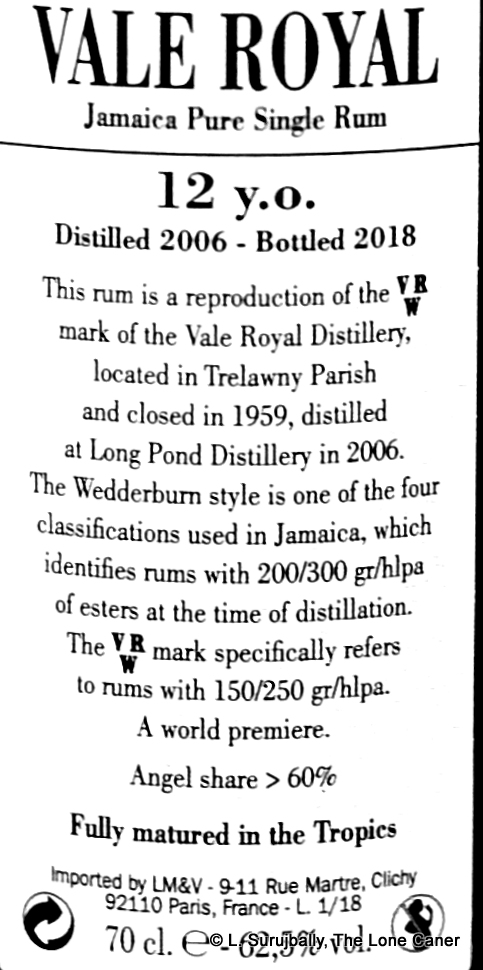 The various Jamaican ester marks
The various Jamaican ester marks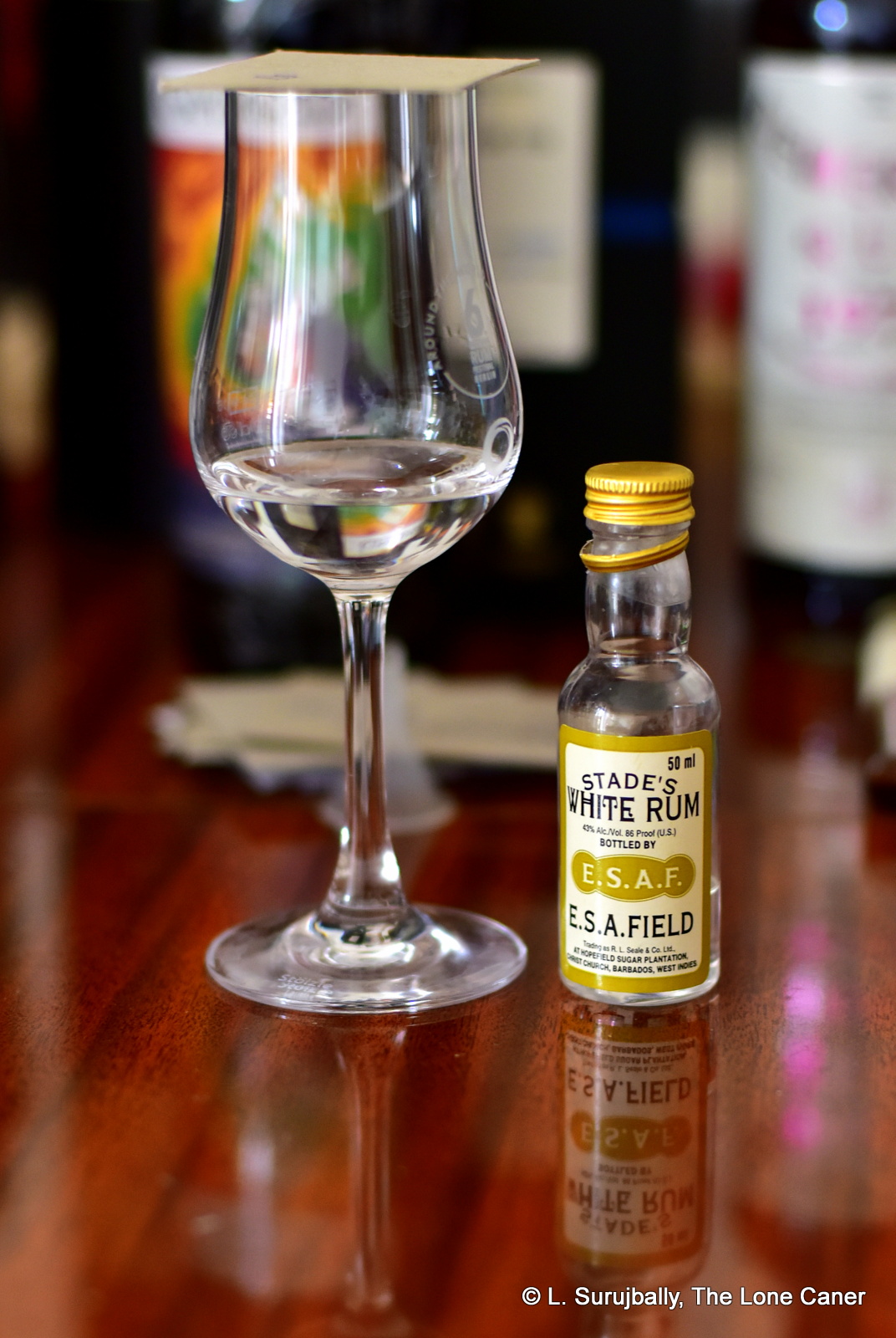
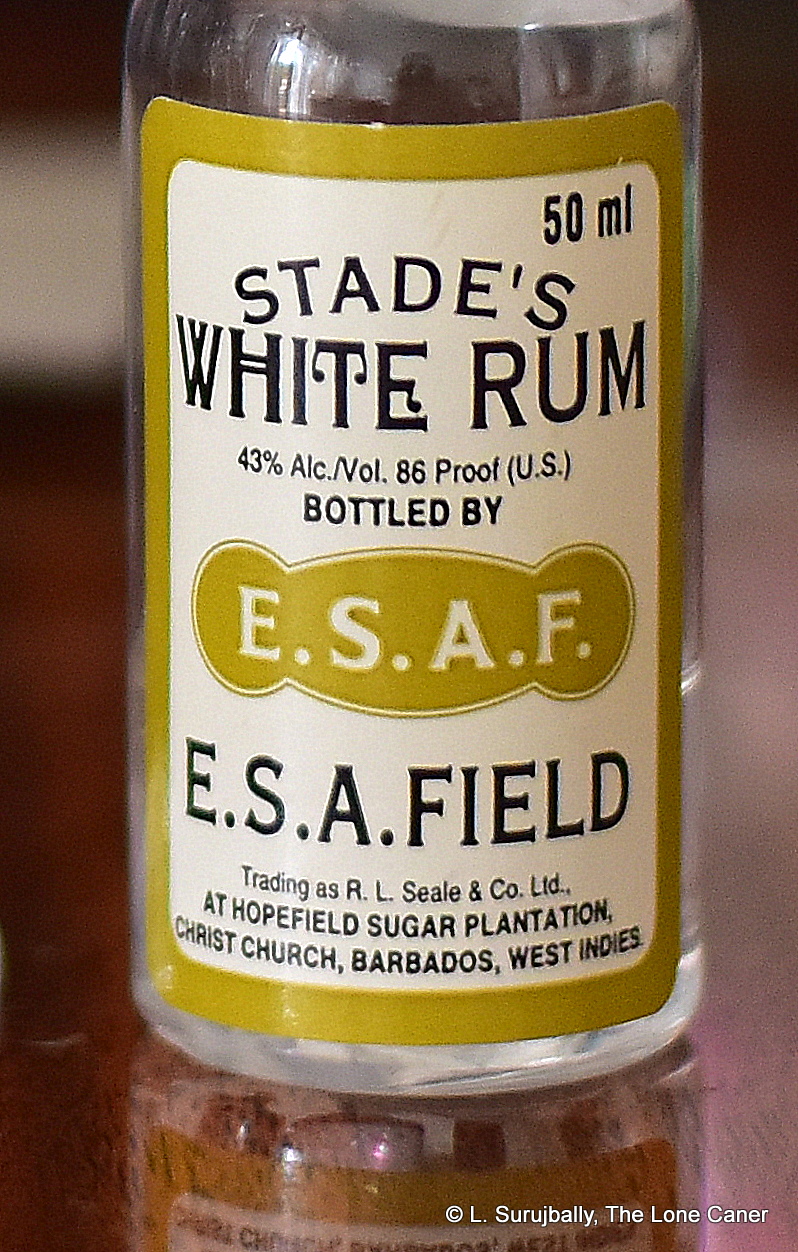
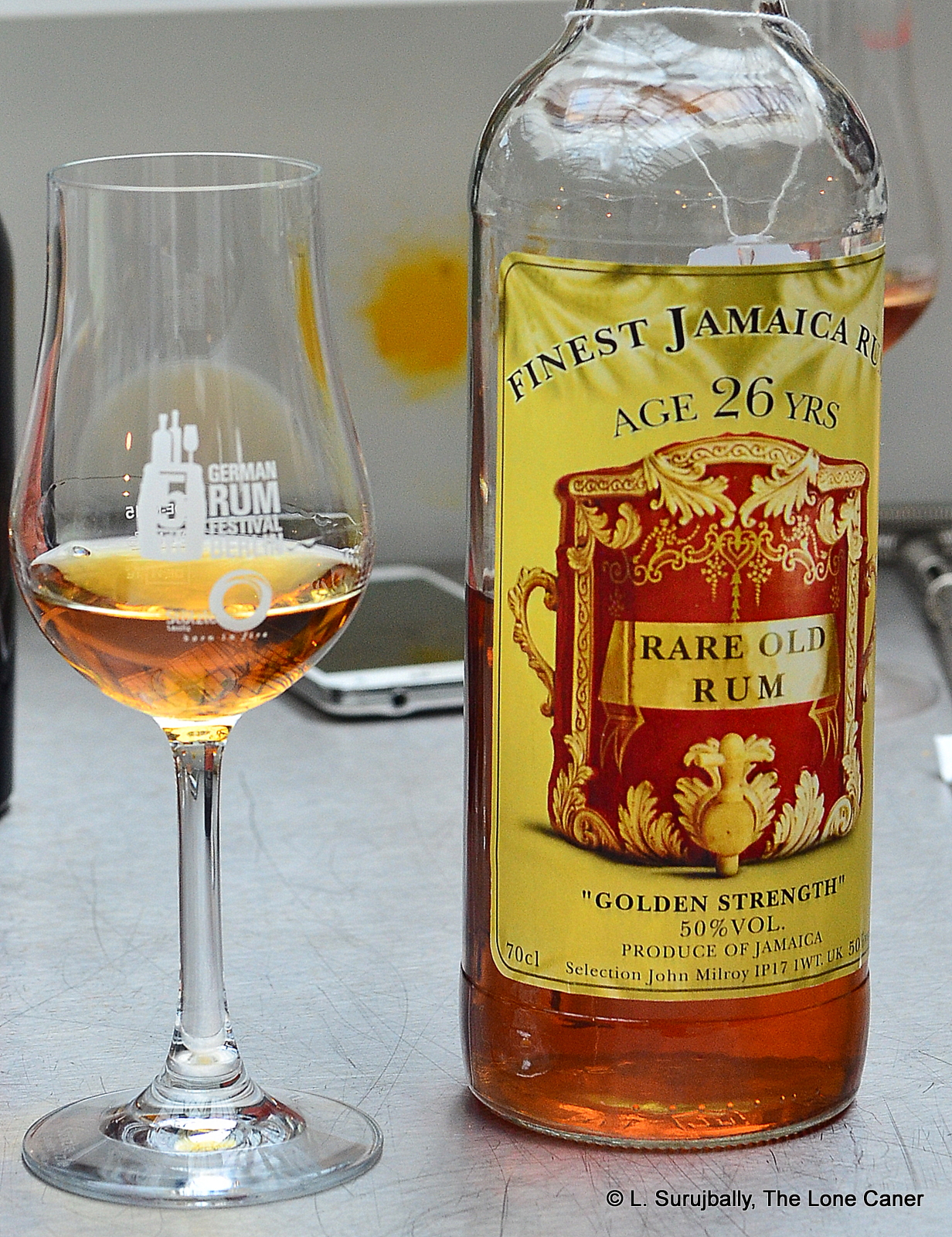 Rumaniacs Review #080 | 0516
Rumaniacs Review #080 | 0516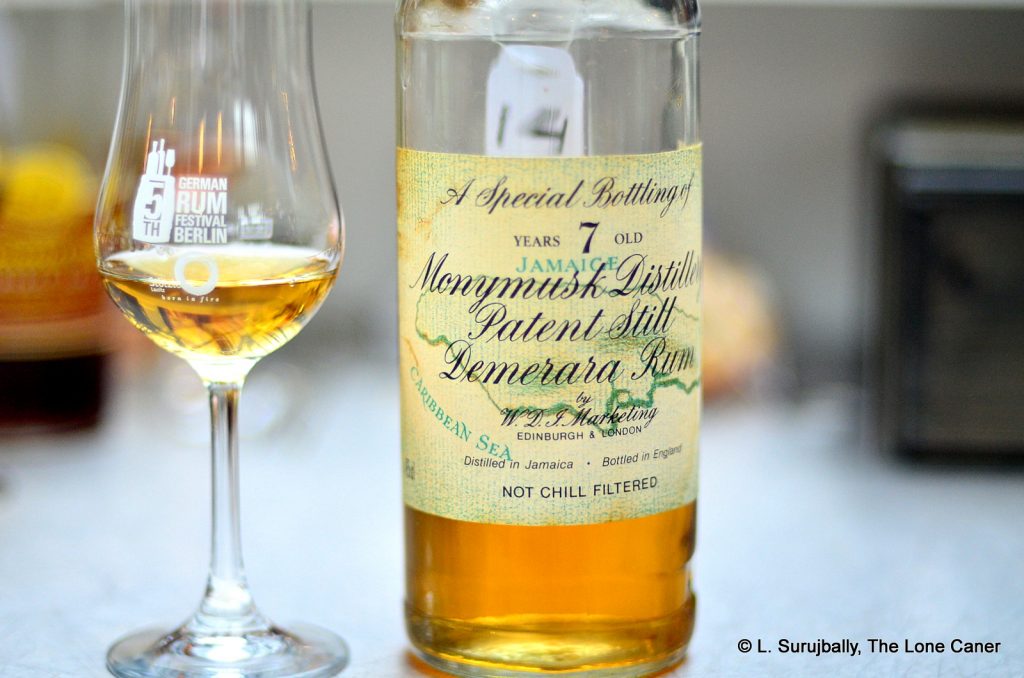
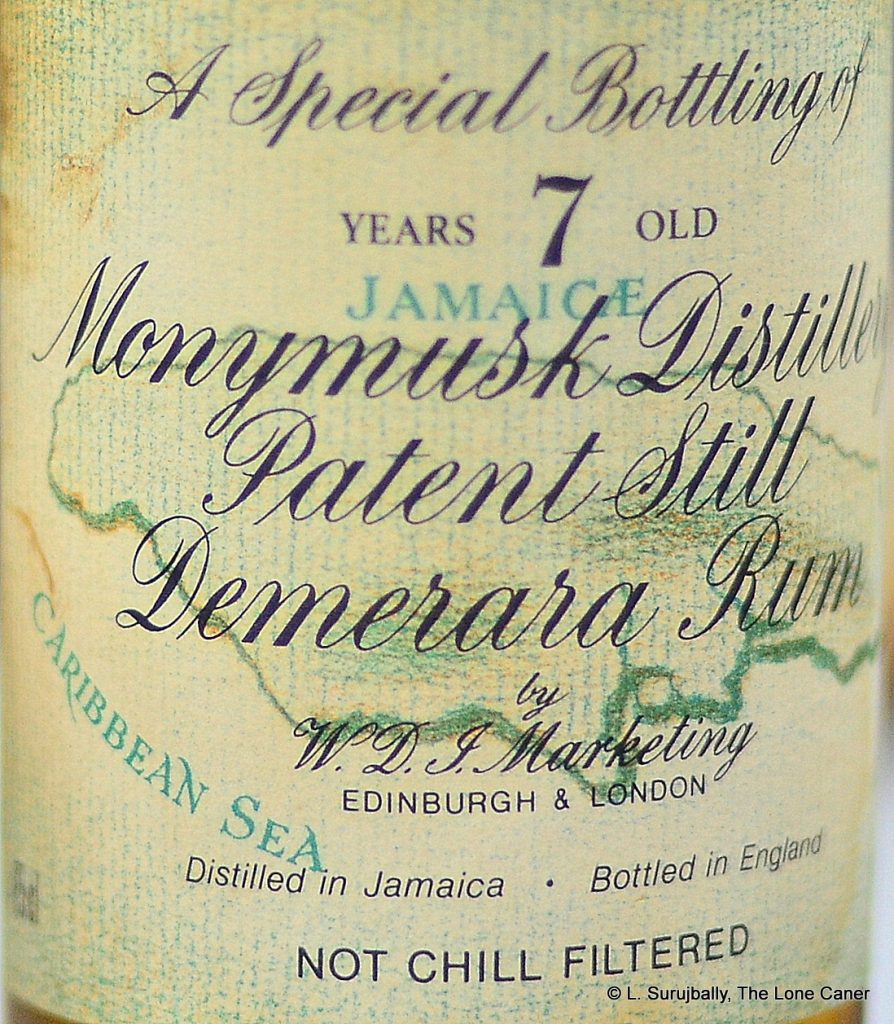 Nose – Yeah, no way this is from Mudland. The funk is all-encompassing. Overripe fruit, citrus, rotten oranges, some faint rubber, bananas that are blackened with age and ready to be thrown out. That’s what seven years gets you. Still, it’s not bad. Leave it and come back, and you’ll find additional scents of berries, pistachio ice cream and a faint hint of flowers.
Nose – Yeah, no way this is from Mudland. The funk is all-encompassing. Overripe fruit, citrus, rotten oranges, some faint rubber, bananas that are blackened with age and ready to be thrown out. That’s what seven years gets you. Still, it’s not bad. Leave it and come back, and you’ll find additional scents of berries, pistachio ice cream and a faint hint of flowers.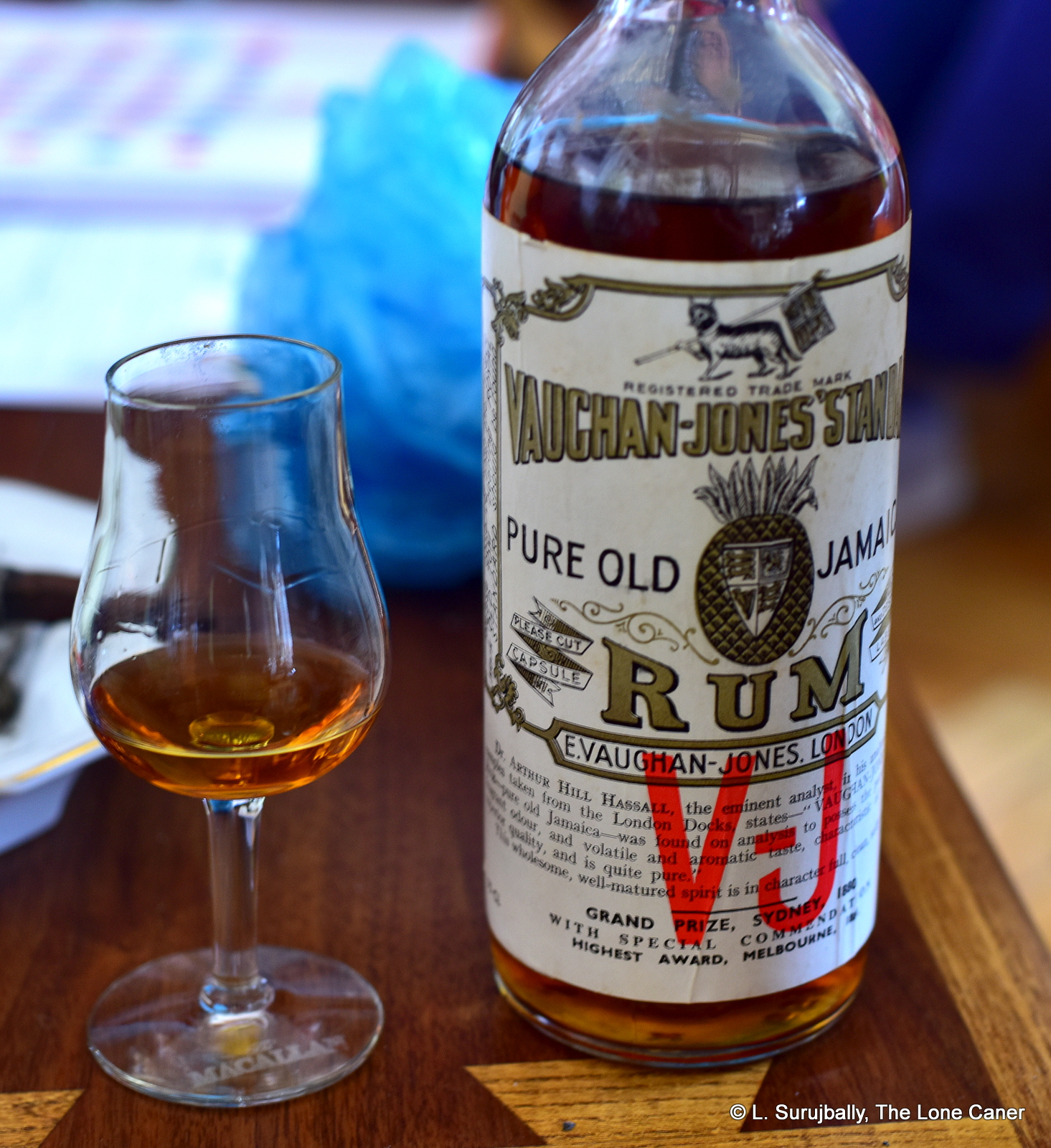
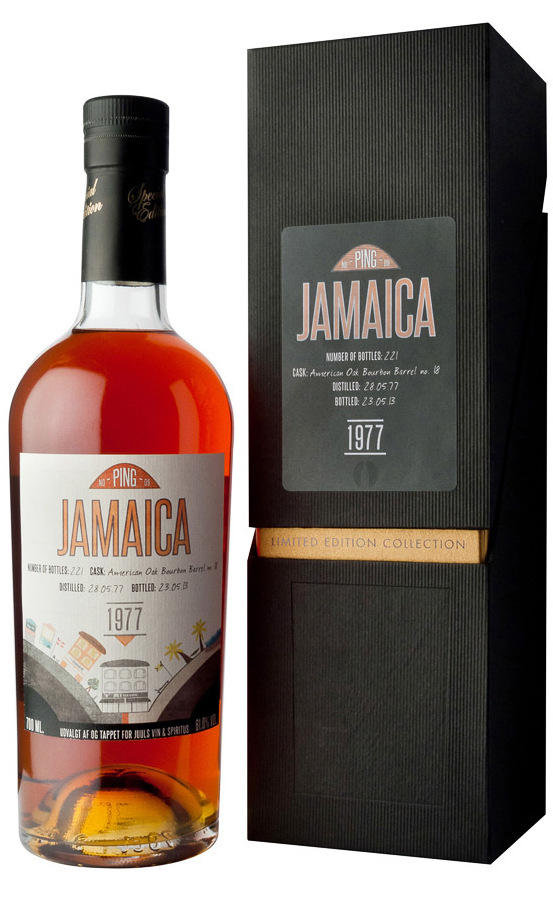
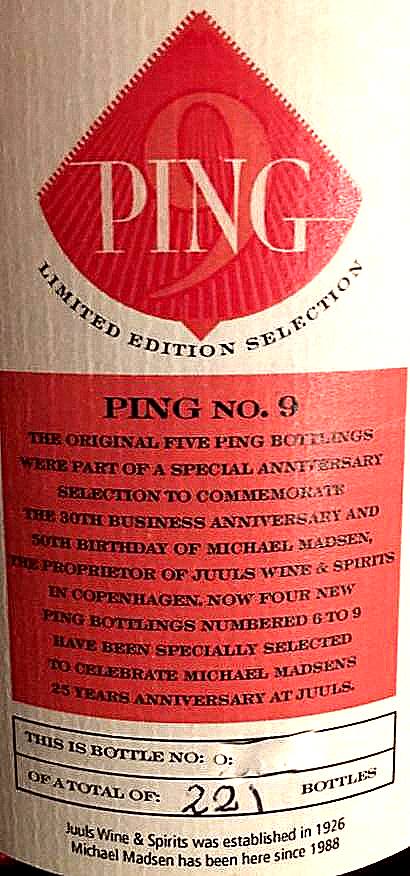 Say what you will about tropical ageing, there’s nothing wrong with a good long continental slumber when we get stuff like this out the other end. Again it presented as remarkably soft for the strength, allowing tastes of fruits, light licorice, vanilla, cherries, plums, and peaches to segue firmly across the tongue. Some sea salt, caramel, dates, plums, smoke and leather and a light dusting of cinnamon and florals provided additional complexity, and over all, it was really quite a good rum, closing the circle with a lovely long finish redolent of a fruit basket, port-infused cigarillos, flowers and a few extra spices.
Say what you will about tropical ageing, there’s nothing wrong with a good long continental slumber when we get stuff like this out the other end. Again it presented as remarkably soft for the strength, allowing tastes of fruits, light licorice, vanilla, cherries, plums, and peaches to segue firmly across the tongue. Some sea salt, caramel, dates, plums, smoke and leather and a light dusting of cinnamon and florals provided additional complexity, and over all, it was really quite a good rum, closing the circle with a lovely long finish redolent of a fruit basket, port-infused cigarillos, flowers and a few extra spices.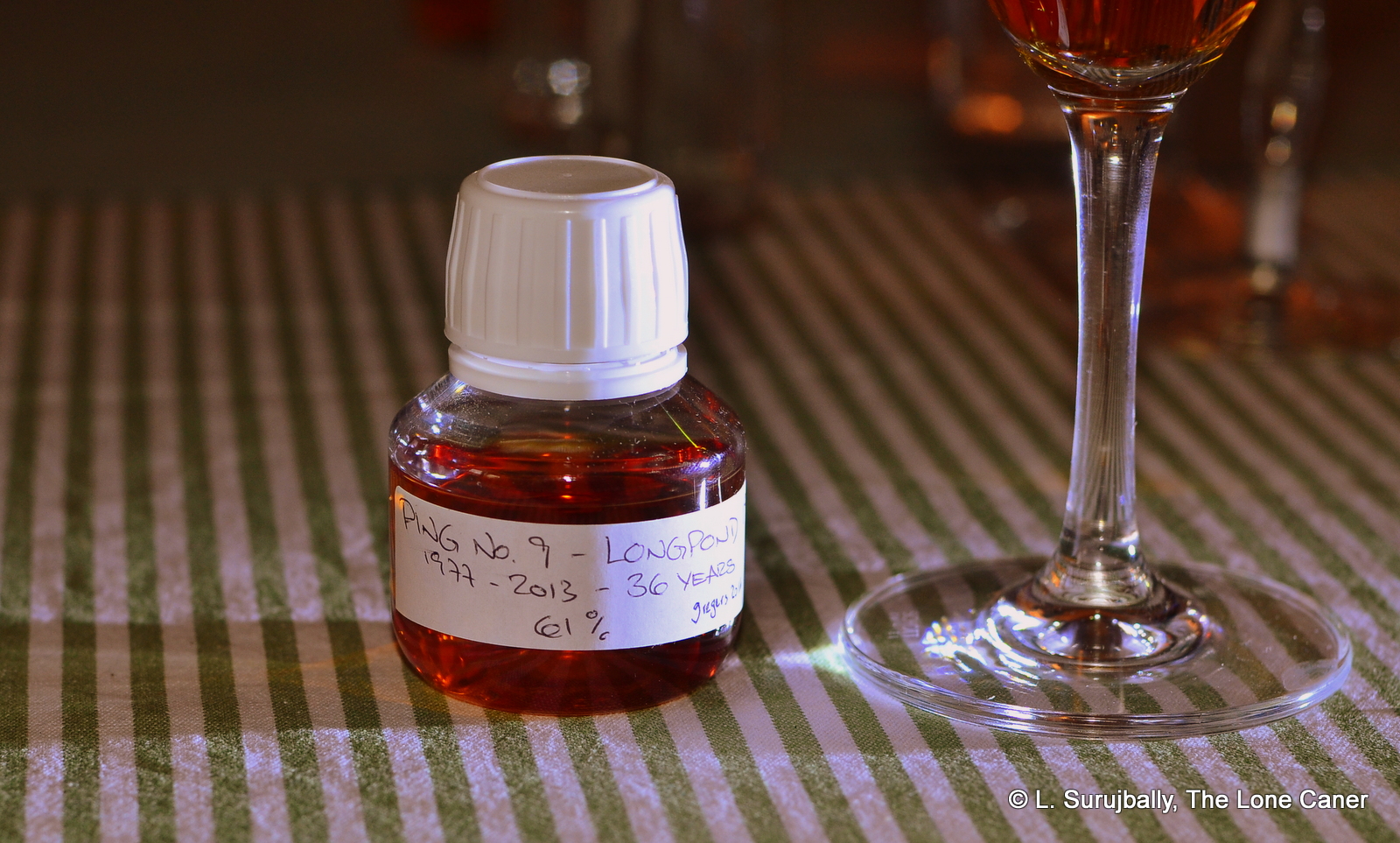
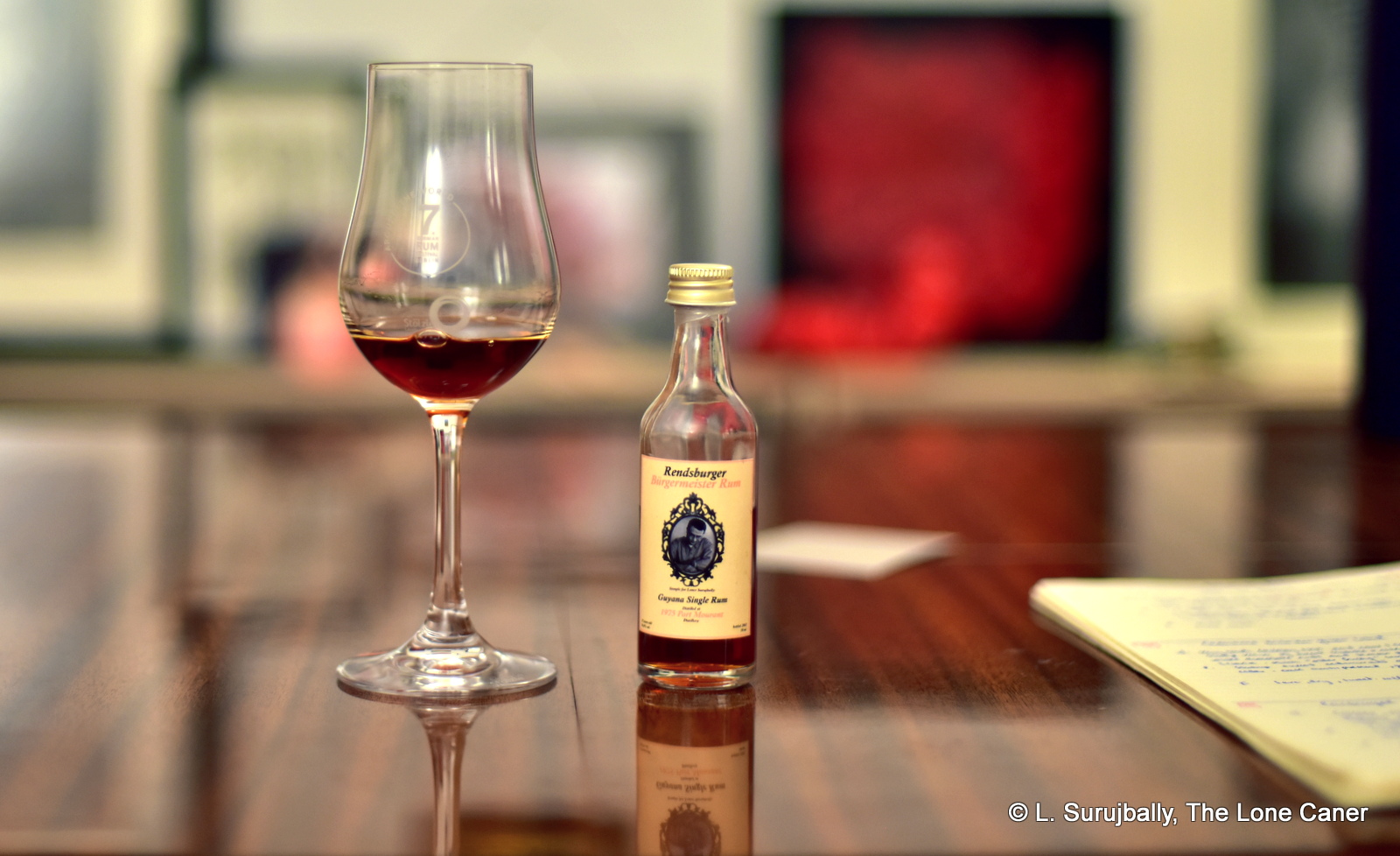
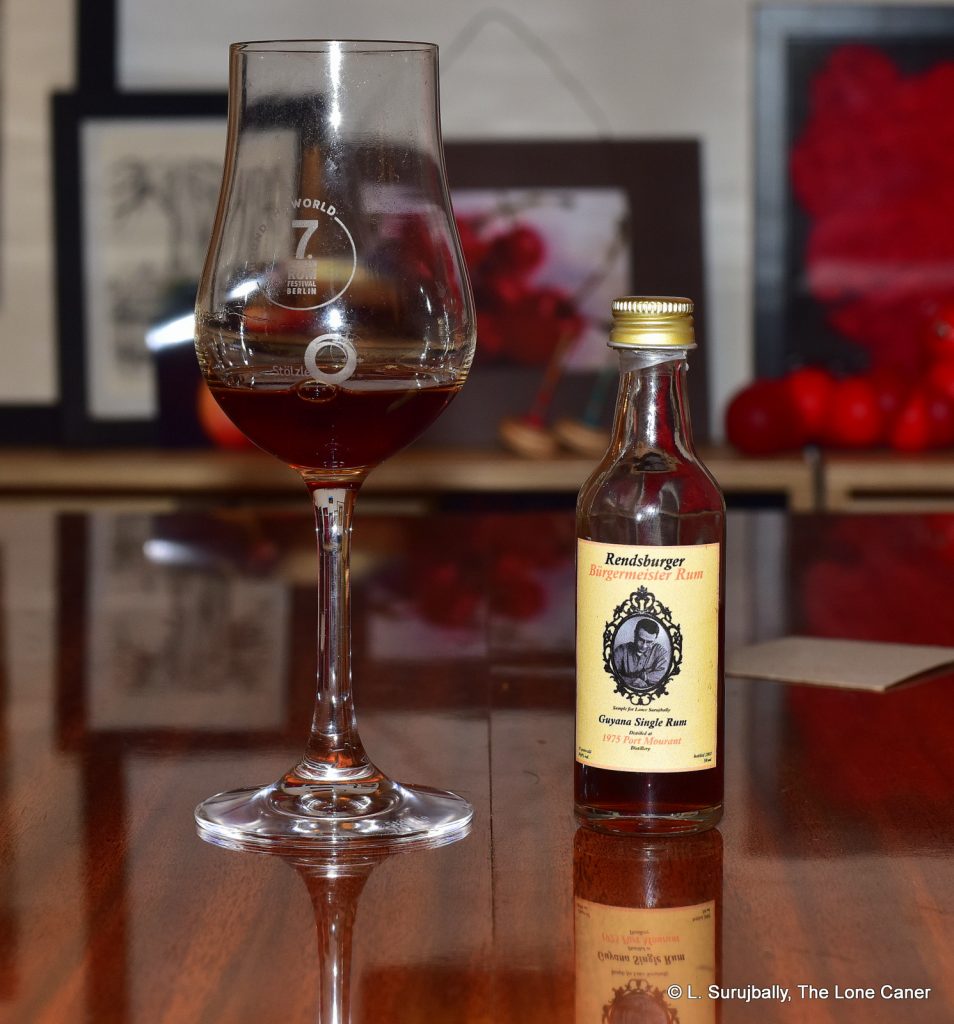 As for the palate, man, I’m in heaven, because I just found another 1975 to add to the pantheon. That same growling, thick richness of the nose segued to the tongue with no pause, no hesitation and no detours. The strength was near perfect – it gave strength without sharpness, allowing all the flavours to march solidly across the stage and present themselves one after the other: licorice, vanilla, caramel, bags of fruits, a little saltiness, biscuits and cereal. The whole thing was warm and thick with dark flavours that never seemed to want to stop showing off and even the oak, which at first I thought started to take on an unhealthy dominance after some minutes (I was actually writing “Mozart just exited the scene and is replaced by Salieri!” before crossing it out), retreated into the background, chilled out, and was (to my relief) content to be a part of the troupe rather than a scene stealing hog. The exemplary and traditional Port Mourant profile finished long, slow, voluptuously and with chocolate, coffee grounds, some oak, vanilla, raisins and anise, and overall, my take was it was simply one of the Grand Old Men of the plantation and the still.
As for the palate, man, I’m in heaven, because I just found another 1975 to add to the pantheon. That same growling, thick richness of the nose segued to the tongue with no pause, no hesitation and no detours. The strength was near perfect – it gave strength without sharpness, allowing all the flavours to march solidly across the stage and present themselves one after the other: licorice, vanilla, caramel, bags of fruits, a little saltiness, biscuits and cereal. The whole thing was warm and thick with dark flavours that never seemed to want to stop showing off and even the oak, which at first I thought started to take on an unhealthy dominance after some minutes (I was actually writing “Mozart just exited the scene and is replaced by Salieri!” before crossing it out), retreated into the background, chilled out, and was (to my relief) content to be a part of the troupe rather than a scene stealing hog. The exemplary and traditional Port Mourant profile finished long, slow, voluptuously and with chocolate, coffee grounds, some oak, vanilla, raisins and anise, and overall, my take was it was simply one of the Grand Old Men of the plantation and the still. 